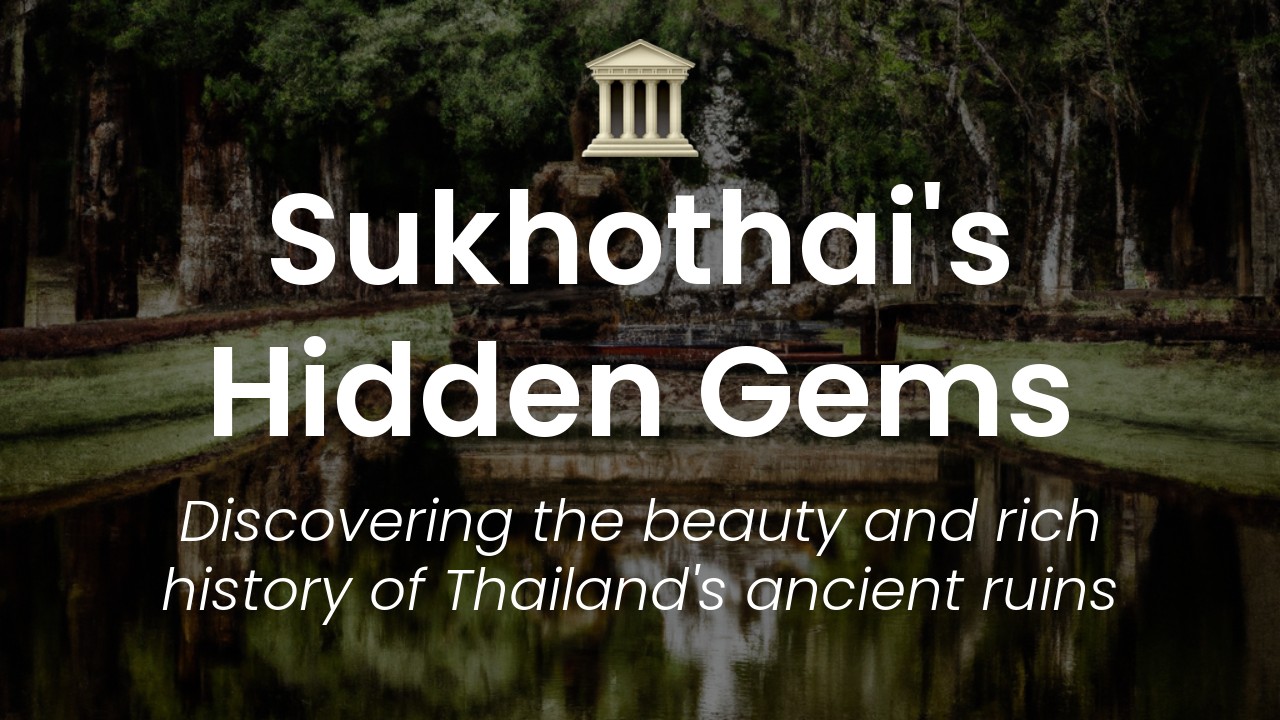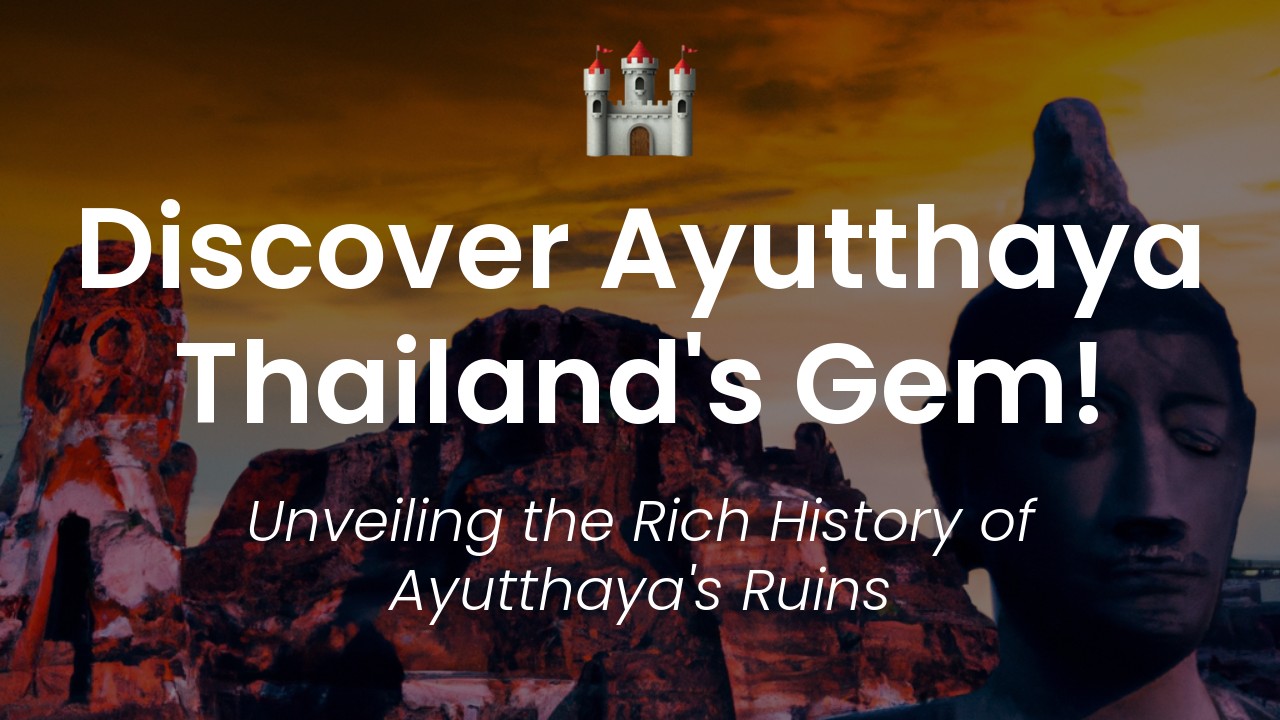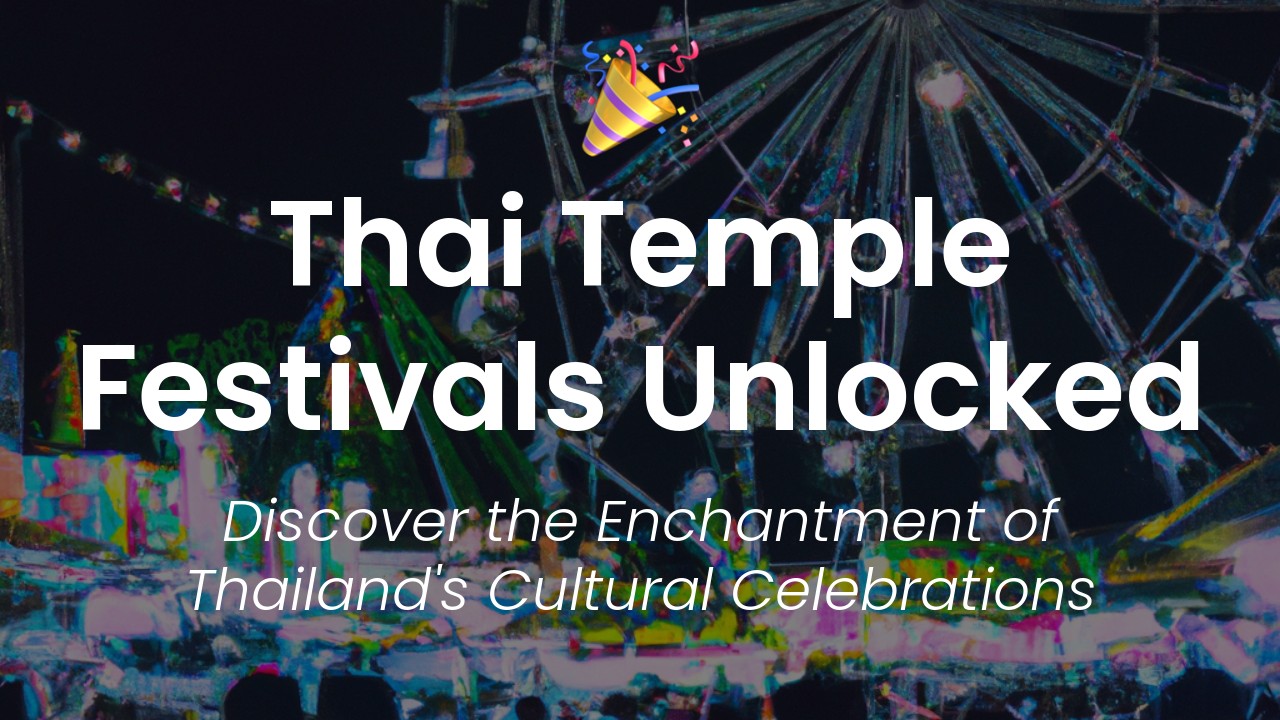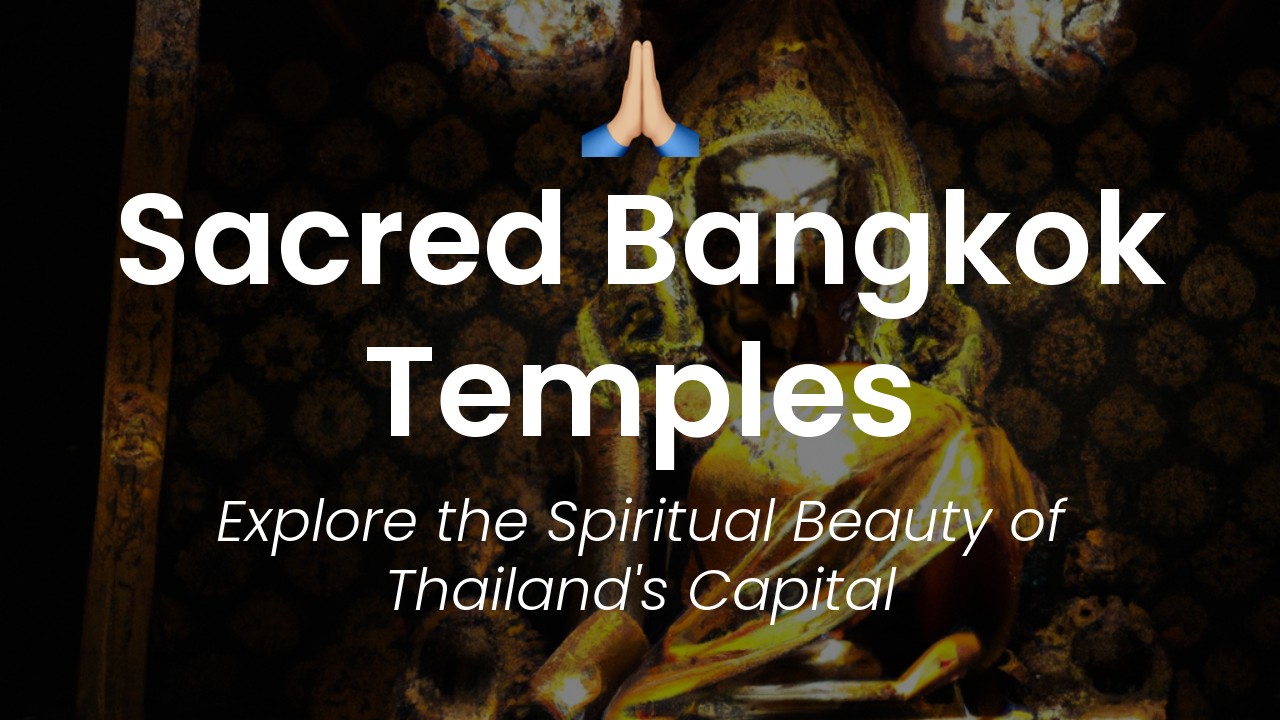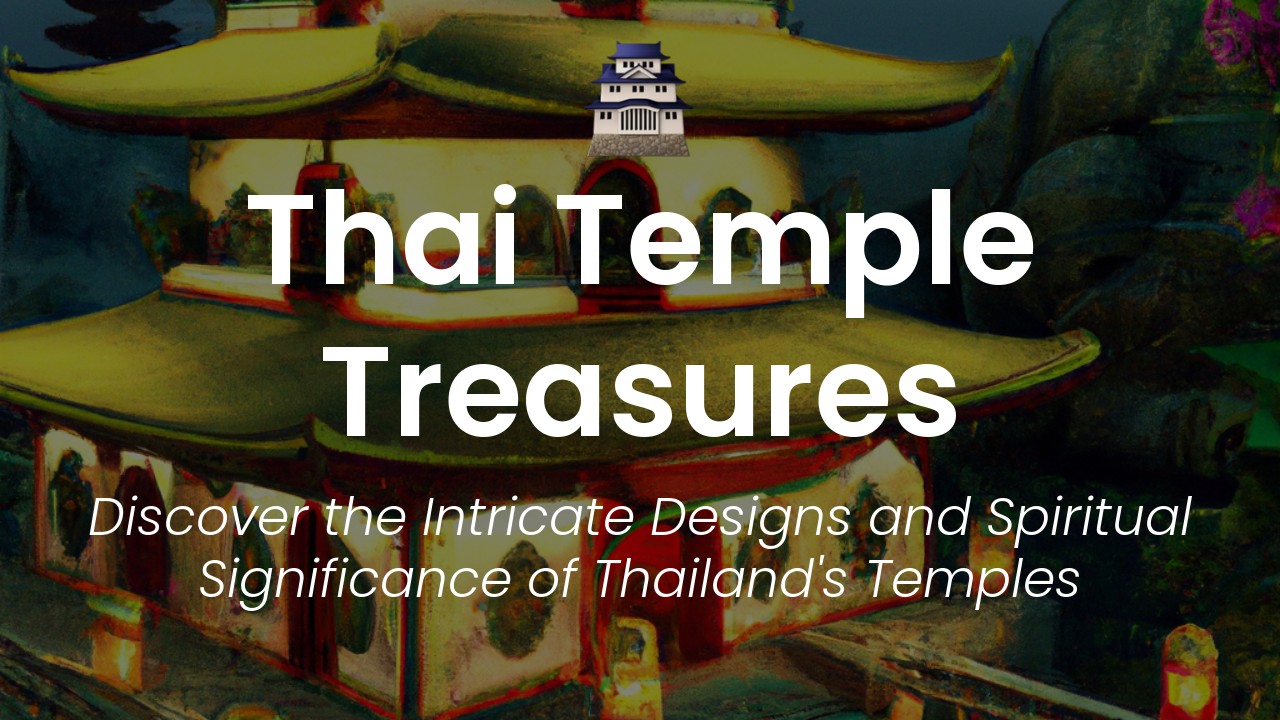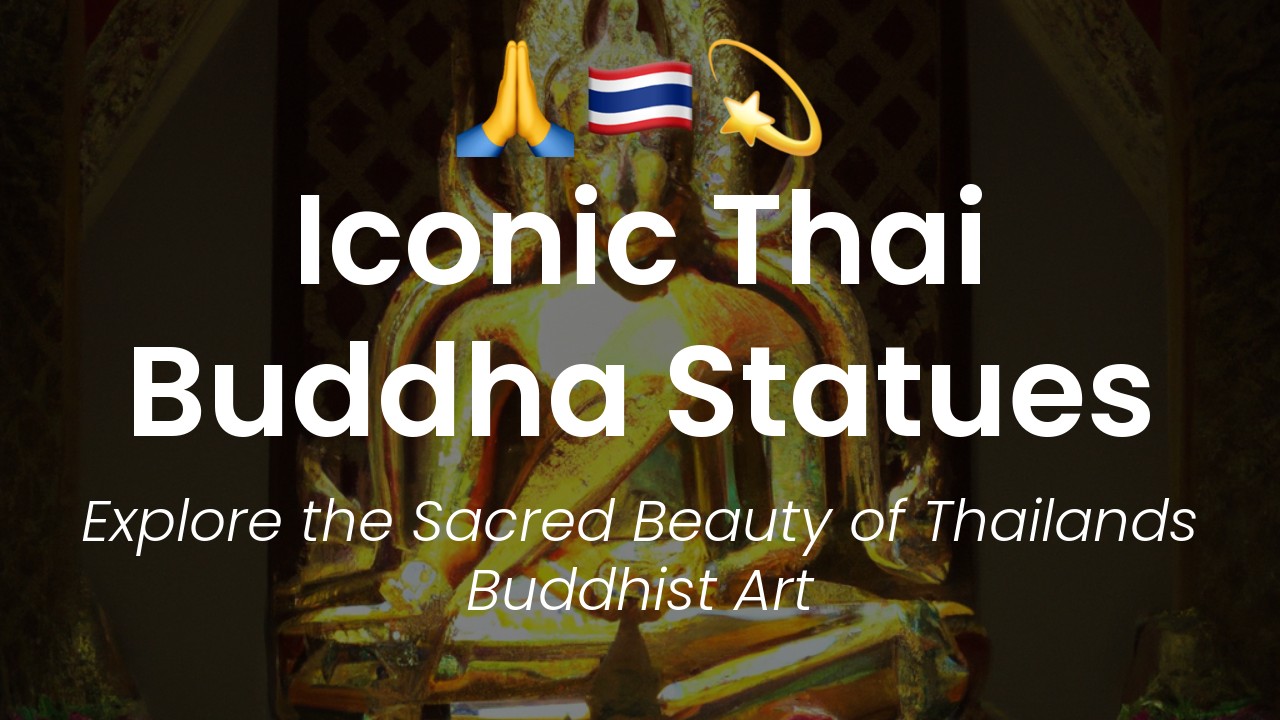I have always been fascinated by the rich culture and history of Thailand. And as an avid traveler, I have made it a mission to explore the different regions, uncover the hidden gems that most tourists miss out on and connect with local experiences. That's why I was thrilled to discover Sukhothai's Historical Park, a UNESCO World Heritage Site, which is home to some of the most impressive ancient temples and ruins in Thailand.
Located in the northern part of Thailand, Sukhothai's Historical Park spans over 70 square kilometers and contains the ruins of over 20 temple complexes. The site dates back to the 13th century when it was the capital of the Sukhothai Kingdom, which ruled over Thailand for over 200 years. It is widely considered one of the most important historical sites in Thailand and attracts thousands of visitors every year.
But Sukhothai's Historical Park is more than just a collection of ancient temples and ruins. It's an immersive experience that takes you back in time and allows you to explore the fascinating history of Thailand's ancient kingdoms. As someone who is passionate about Thai culture and history, I knew I had to visit and see it for myself. In this post, I'll share my experience of exploring Sukhothai's Historical Park and uncovering its secrets. So, buckle up and get ready to embark on a journey through time!
Sukhothai: A Historical Overview
Sukhothai, meaning "the dawn of happiness," was the first capital of the Kingdom of Siam from 1238 to 1438 before Ayutthaya took its place. The historical park is a UNESCO World Heritage site because of its cultural significance and its role in shaping Thailand's identity.
The park covers an area of about 70 square kilometers and includes the ruins of 21 historical sites consisting of temples, palaces, and other structures. The Siamese architecture found in Sukhothai is characterized by its simplicity, symmetry, and beauty.
Exploring the Park's Main Attractions
Wat Mahathat is arguably one of the most important and beautiful temples in the historical park. It was built in the 13th century and was the center of Buddhist education during the Sukhothai period. Its main feature is the standing Buddha statue, which stands at 12.5 meters tall, and the mesmerizing lotus bud shape of the chedi.
Wat Si Sawai is another essential temple to visit. It was built during the reign of King Jayavarman VII in the late 12th century. The temple is unique in that it features a Khmer-style architecture with three prangs (towers) on the top.
Sukhothai's ancient King Ramkhamhaeng Monument is worth a visit as its a traditional Thai shrine that honours King Ramkhamhaeng. He is famous for developing Thailand's first system of writing and establishing the Thai alphabet. The monument's main feature is the statue of King Ramkhamhaeng sitting with his legs crossed on the throne, holding a scepter in his right hand.
The Importance of Wat Mahathat
Wat Mahathat is a crucial part of Sukhothai. It is said to be the spiritual center of the Kingdom of Siam during the Sukhothai period. At the time, it was a place where people would come to study Buddhism and learn Thai literature.
The temple's main attraction is its central chedi, which holds the relics of the Buddha. Pilgrims from all over Thailand come to Wat Mahathat to pay their respects to the Buddha and offer homage.
According to legend, the chedi was built to honor a relic brought back to Sukhothai by a monk who had traveled to the northeast of Thailand. When the monk arrived in Sukhothai, the relic grew in size, and the chedi had to be made larger.
Tips for Navigating the Complex
The historical park is quite large, and to avoid exhaustion, it is advisable to rent a bike. Bikes are available for rent at several locations at a reasonable price of 30-50 THB ($1-$2) per day.
It is advisable to enter the park through the main gate, which is the South gate, and exit through the North or East gates to avoid the crowd on the way out.
The park has several sections, and it is advisable to plan your visit ahead so that you do not miss anything. The recommended order is to visit the central zone, followed by the northern and western zones.
The Best Time to Visit
The best time to visit Sukhothai is during the dry season from November to February. The temperatures are milder than the rest of the year, and the humidity is low. The park is open every day from 6:00 am to 6:00 pm, and it is best to visit in the morning or late afternoon when crowds are fewer.
Phra Khru Ba's Legacy
Phra Khru Ba is a revered monk in Thailand who is believed to have supernatural powers. He lived in Sukhothai for thirty years and spent most of his time meditating in a cave in the nearby mountains. He was known for his teachings on mindfulness and compassion.
The Phra Khru Ba Shrine is a tribute to his teaching and legacy. The shrine holds an effigy of Phra Khru Ba, which is believed to grant wishes to those who pray.
Conclusion
Sukhothai Historical Park is a humble yet profound reflection of Thailand's rich history and culture. A visit to the park is not only an opportunity to explore ancient Siamese architecture but also an opportunity to connect with the roots of Buddhism and honor the Thai people's unwavering spirit.
The best way to experience Southeast Asia is to slow down and sink into the local experiences away from the crowds. If you're planning a trip to Southeast Asia, join Intrepid's local tour guides and start a meaningful journey that connects you to the local culture and communities.

